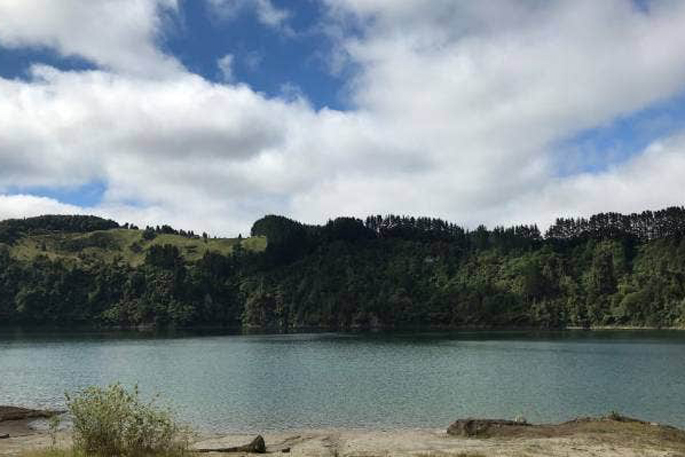Whether you are a local or visiting for the summer, take a moment to check the water for algal blooms in lakes and rivers.
During the warmer months lakes and rivers can be affected by blooms of blue-green algae which are potentially toxic. To reduce your chance of becoming unwell, it is important to know when it is not safe to have contact with the water.
“Algal blooms can develop rapidly and unpredictably and can sometimes produce toxins that are harmful for people as well as animals. It is best to avoid contact with the water if it looks discoloured, has an unusual smell, has green or brown particles suspended in it, or if you can see scum or leathery mats of algae on the surface or on the bottom of the waterway,” says Te Whatu Ora Medical Officer of Health for Toi Te Ora Public Health Dr Gregory Evans.
“These blooms have the capacity to release toxins into the water which can cause significant ill-health to anyone who has contact with the water. The toxins can affect the nervous system causing numbness and difficulty with breathing, and also sparking asthma attacks. Contact with the water can also cause skin rashes, stomach upsets and visual problems,” says Dr Evans.
Lakes are typically dominated by free-floating algal blooms, while rivers are more prone to algal blooms that grow in mats attached to rocks at the bottom. They can also build up at the shoreline.
“Algal mats and scum may also accumulate along the shoreline of lakes or rivers so it’s especially important that parents ensure that children avoid contact with these as they may be toxic,” says Dr Evans.
"People should seek medical advice from your GP if become unwell after having contact with the recreational water."
Dogs are also particularly at risk of serious illness if they consume or have contact with toxic algae. They should be kept away from the water if it looks like there may be a bloom. They may also eat algal mats that accumulate in and around rivers.
A health warning will issued by Toi Te Ora Public Health if recreational water monitoring results provided by Regional Councils show a site to have high levels of blue-green algae.



0 comments
Leave a Comment
You must be logged in to make a comment.